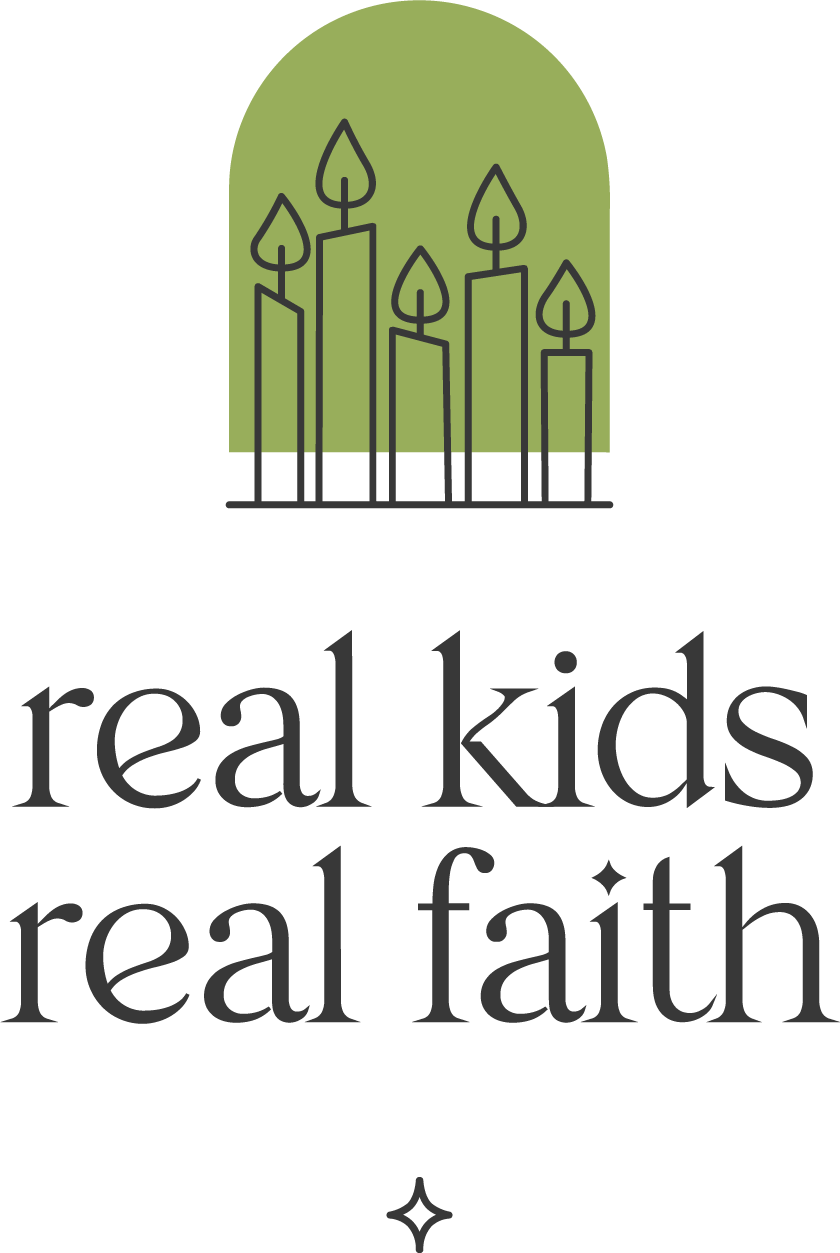Recently, my children were discussing who might have made their clothes. We have talked about child labor in factories, so they wanted to research their clothing’s origins. They hoped their favorite items were ethically made and felt helpless to change unjust economic practices like children working in sweatshops.
The child in Nikkolas Smith’s picture book,The Artivist, also wants to create change. Instead of being overwhelmed by all his community’s needs, he decides to use his passion for art to paint his hopes. Read the book with children ages 4+ and use one or more of the following activities to explore ideas about ethical identity formation and ways children can be community change leaders.
Monstrous issues. The artivist images some of the problems his community faces as monsters. Ask children to identify some of the problems that plague your community. Encourage them to draw these issues as scary monsters and themselves as superheroes working to defeat them.
Feel the love. The artivist spreads messages of love to inspire others to make the world a better place. Use this guided meditation to help children feel that message. Say: Close your eyes. Take a deep breath in (pause) and let it out. (pause) Deep breath in, (pause) and let it out. (pause) Imagine you are filled with love. Feel love in your toes, (pause) in your legs, (pause) in your stomach, (pause) in your chest, (pause) in your arms, (pause) and in your head. (pause) Now imagine sending your love out to your community. Watch as it goes out to your family and friends (pause) and throughout your whole neighborhood. (pause) Imagine your whole community being filled with love. (pause) When you are ready, open your eyes.
Be the change. The artivist sees himself as both an artist and activist. He combines these parts of his identity to advocate for specific kinds of social change. Invite children to list different aspects of their identities. For example, they might be a baker, a straight A student, a dolly caretaker, a bike rider, and/or a bookworm. Brainstorm ways that these aspects can be combined to do good things in their community. A baker-bookworm-bike rider, for instance, might read about climate change and then bake and deliver cupcakes on their bike to raise funds to support eco-actions.
Artful assistance. After reading the book aloud once, go back through it together and see how many different community issues children can identify. Say: There are lots of ways to help make a community better. Let’s look at the pictures again and figure out all the different groups the artivist is trying to help. After identifying several issues, ask: Which issue are you most interested in learning more about? Help them research the issues they select.
We’re all artists. The author suggests that everyone can use art to encourage community change, whether through drawing, singing, dancing, making music, or other art forms. Invite children to experiment with a variety of forms. You might dance to a song about freedom, drum along with whale calls, write a song about getting rid of disposable plastic bottles, and/or draw a comic strip about hospitality to immigrants. When you’re done, ask: Which art form lets you best express your hopes for your community?

Comments